Mechanical Engineering: Engineering Mathematics 1 Assignment Solution
VerifiedAdded on 2022/12/28
|8
|784
|64
Homework Assignment
AI Summary
This document presents a comprehensive solution to an Engineering Mathematics assignment, covering various aspects of structural analysis and mechanics. The solution begins by calculating the horizontal reaction at a specific point using moment equilibrium equations. It then determines the maximum moment in a structural member. The assignment further explores the uniform strain component and curvature in a member, followed by calculating the vertical displacement and relative rotation at specific points. The solution then analyzes a scenario with a distributed load, determining reactions, maximum moment, and strain energy. It also considers the effects of initial curvature and support settlement on the horizontal displacement. The final section combines these elements to calculate the overall horizontal displacement at a point. The solution includes free body diagrams and detailed calculations, making it a valuable resource for students studying engineering mathematics and structural analysis. This assignment is contributed by a student and available on Desklib.
1 out of 8
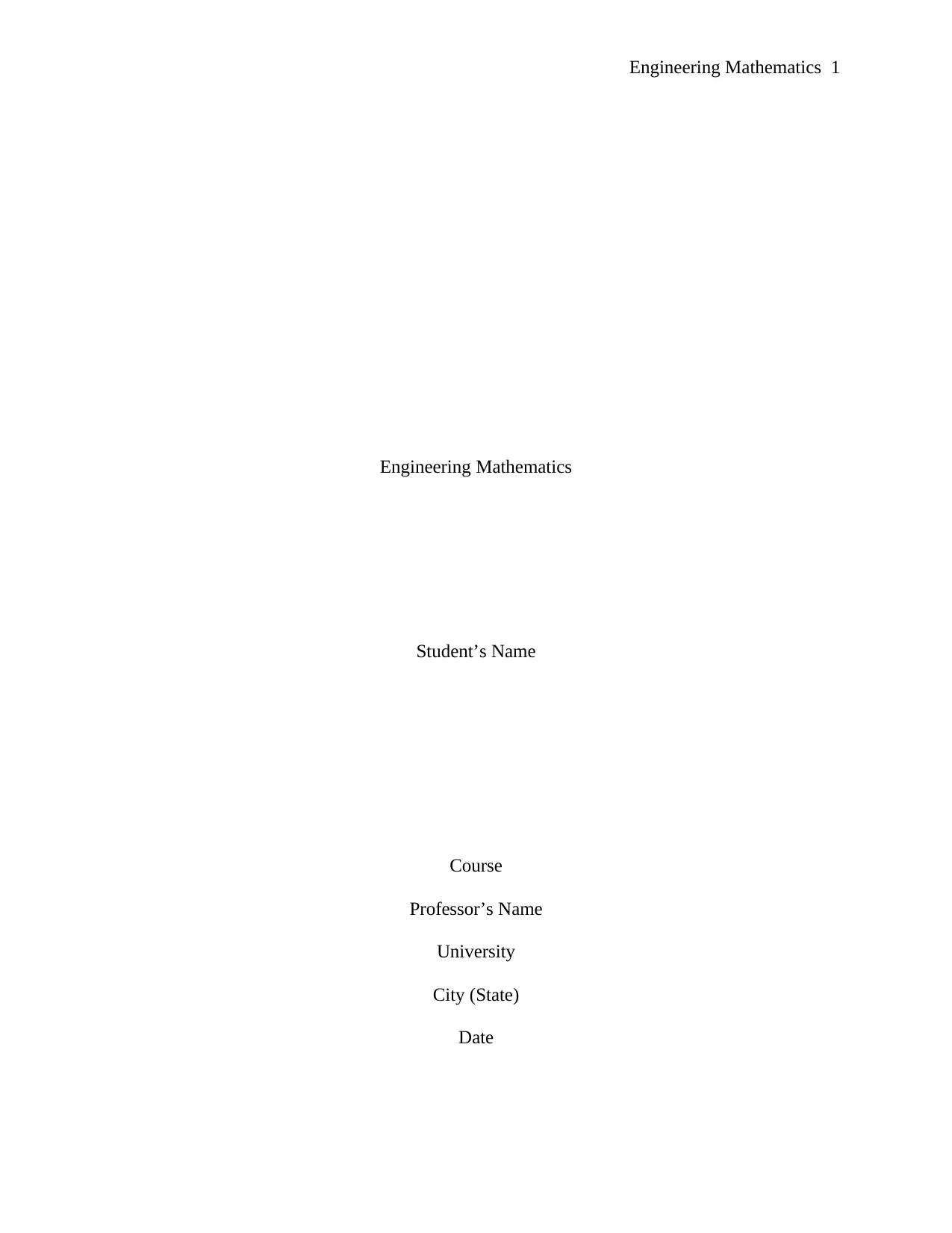
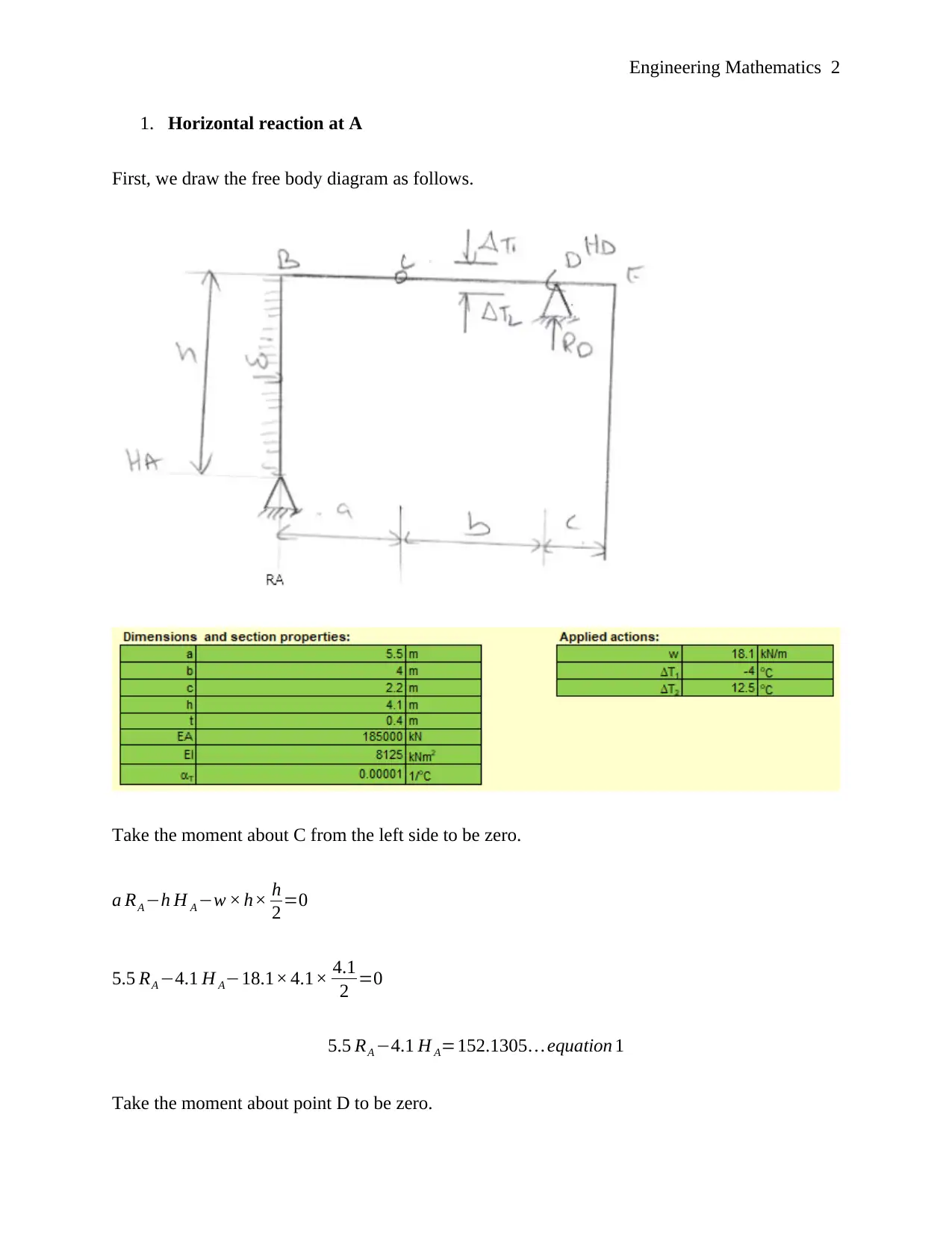
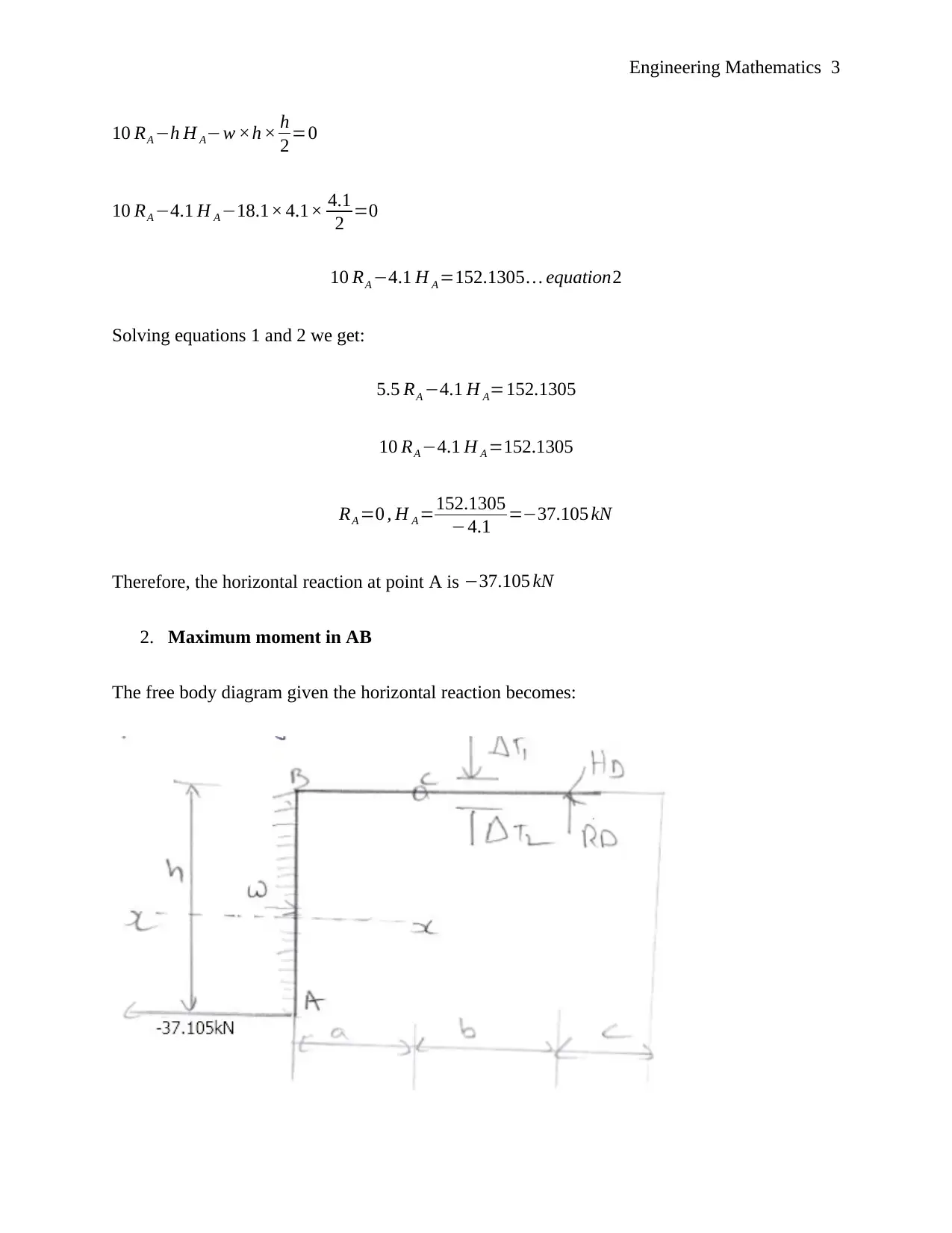

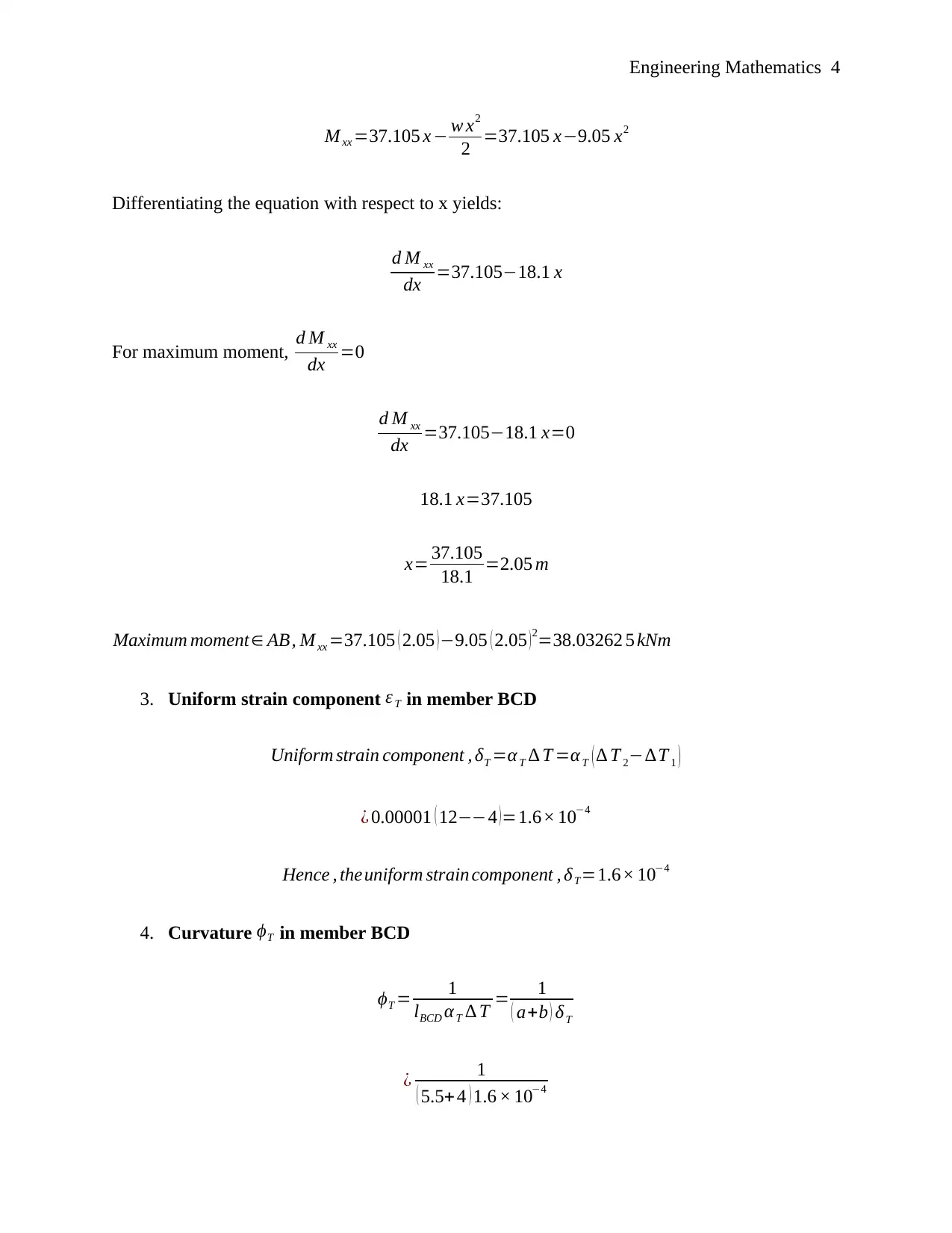
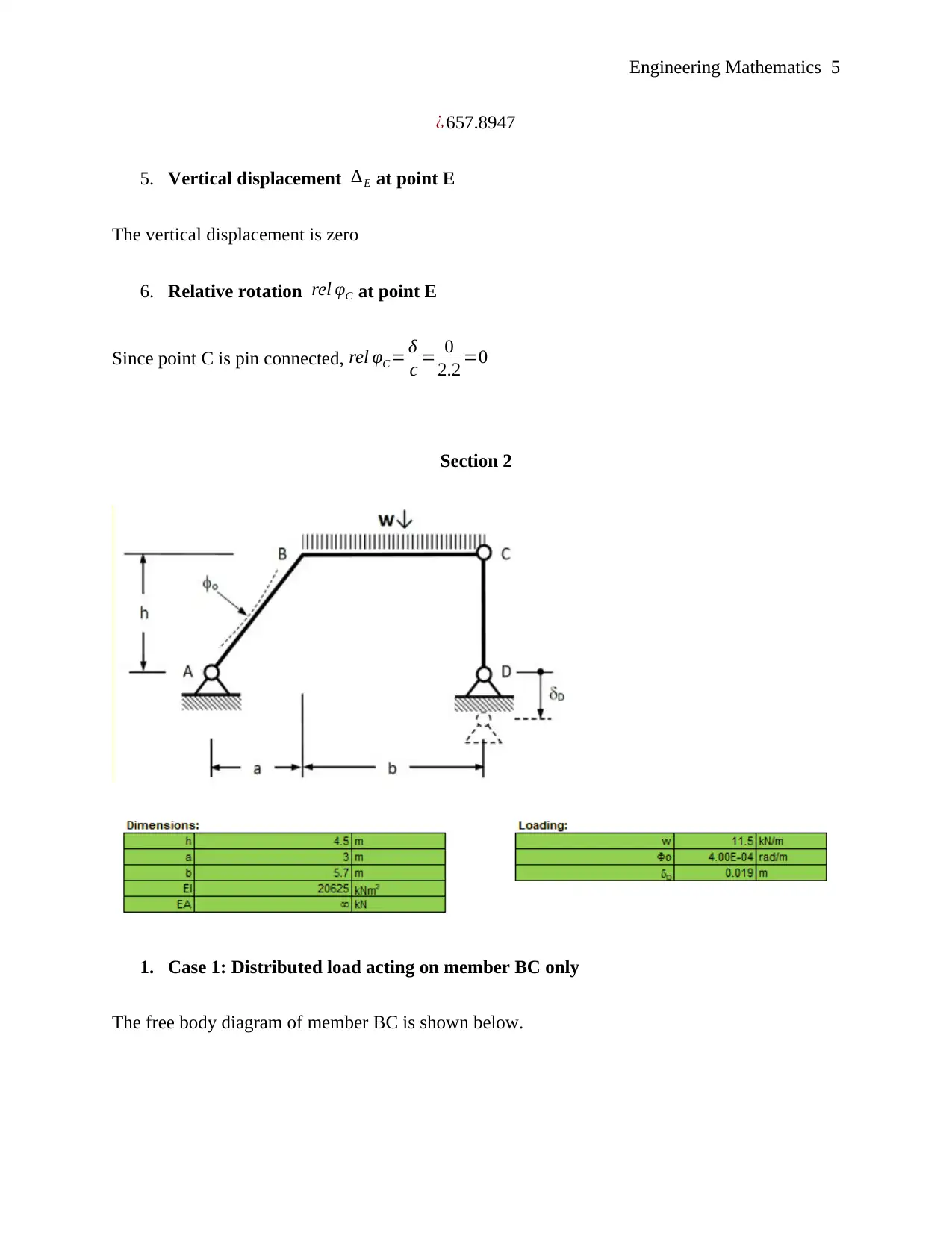
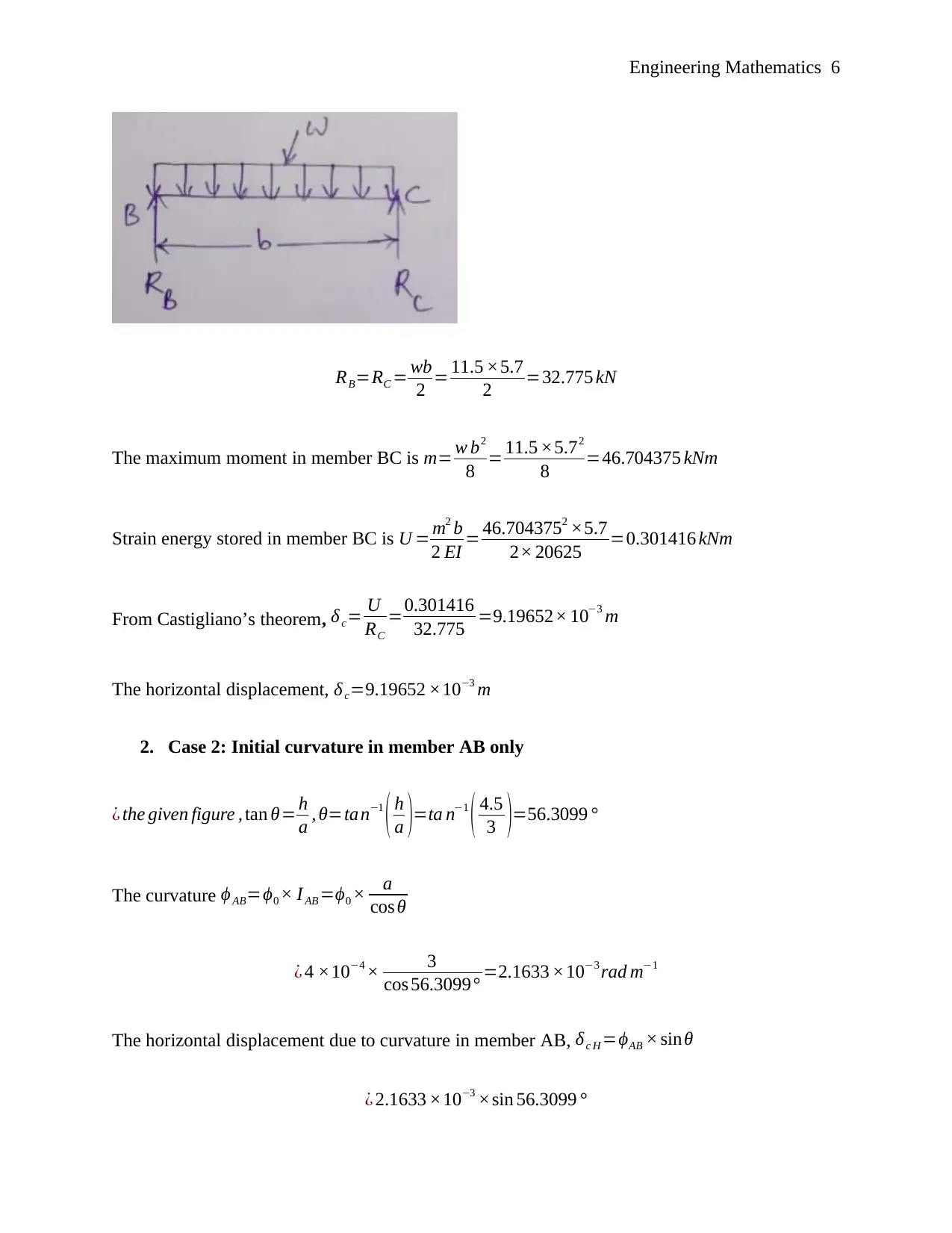
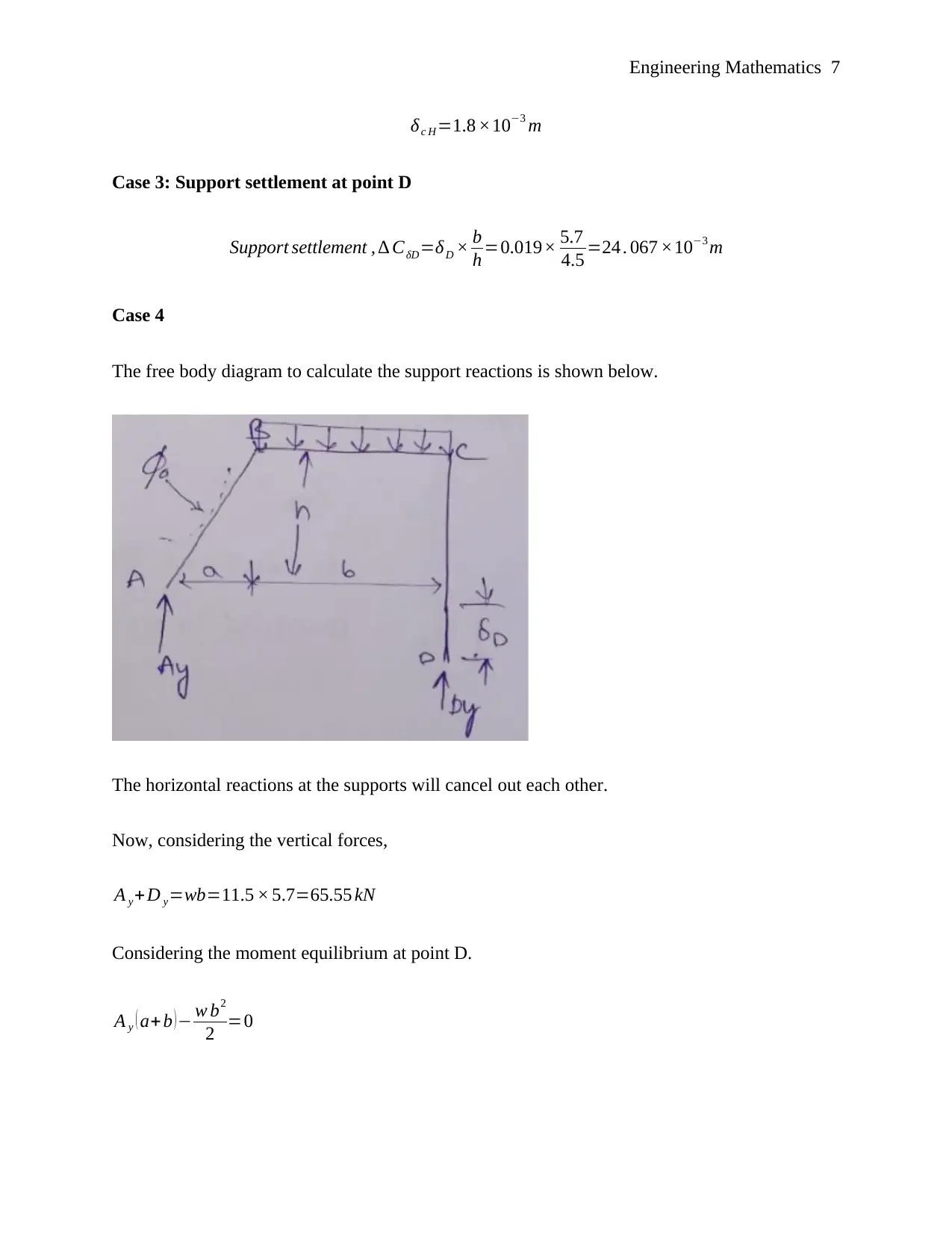
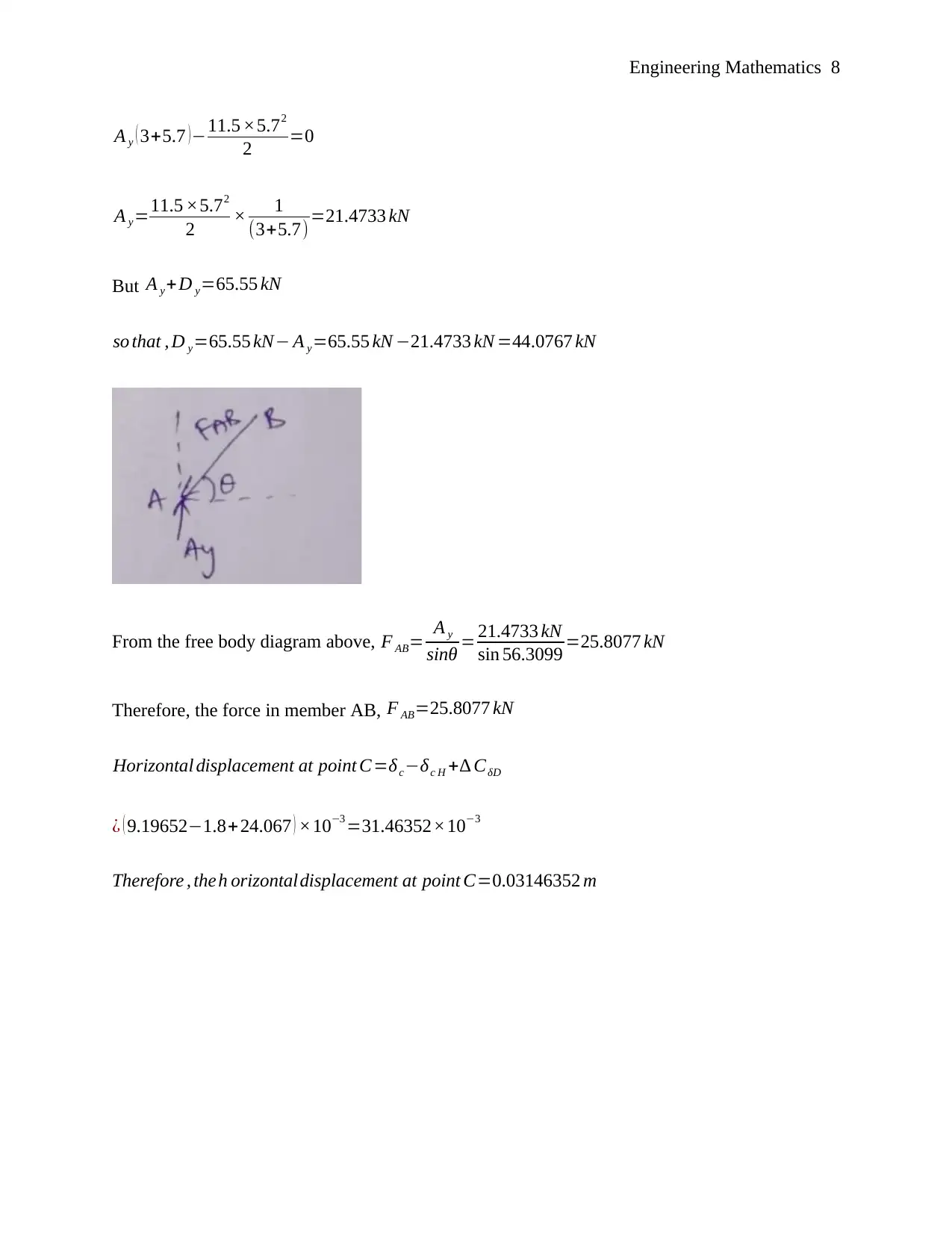

![[object Object]](/_next/static/media/star-bottom.7253800d.svg)